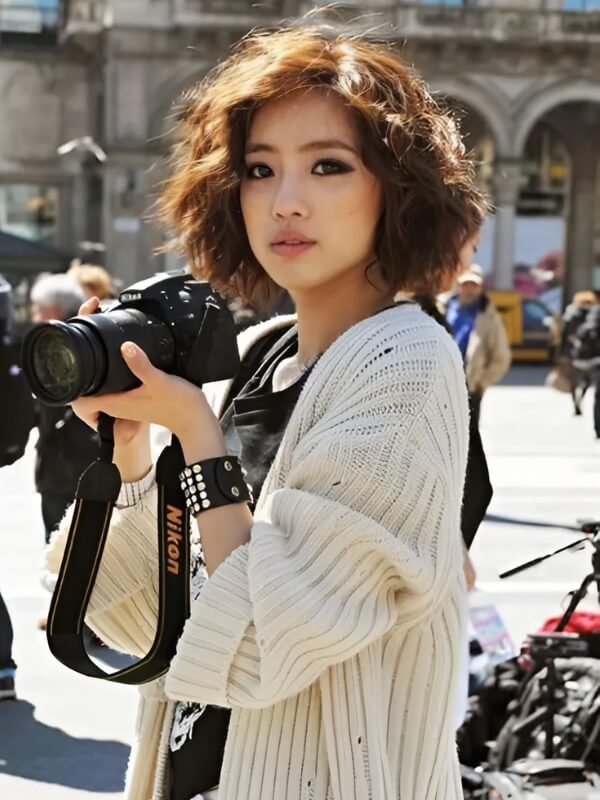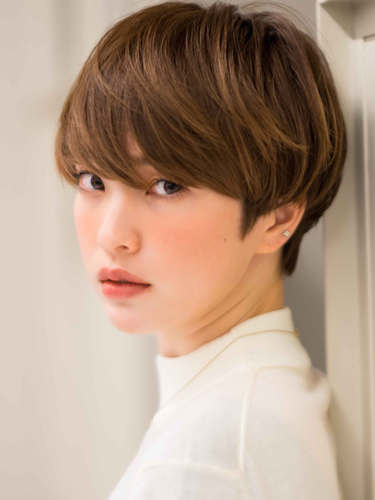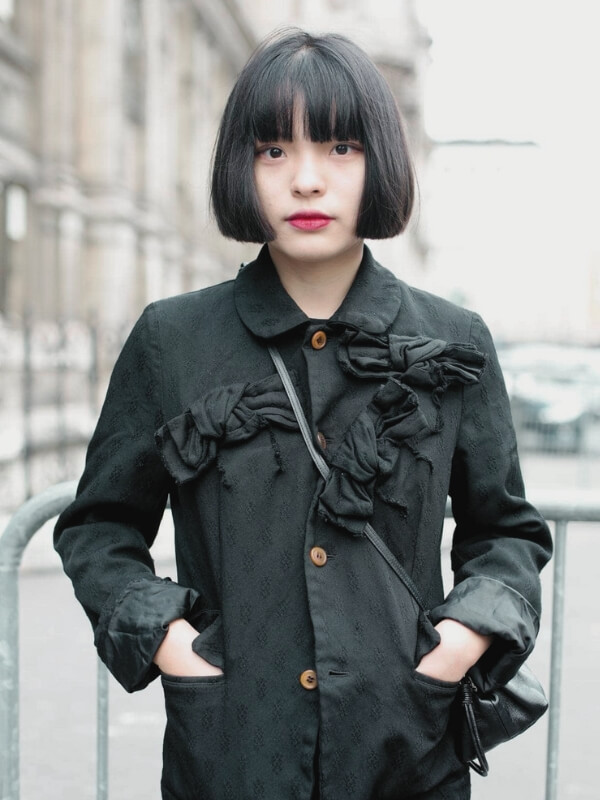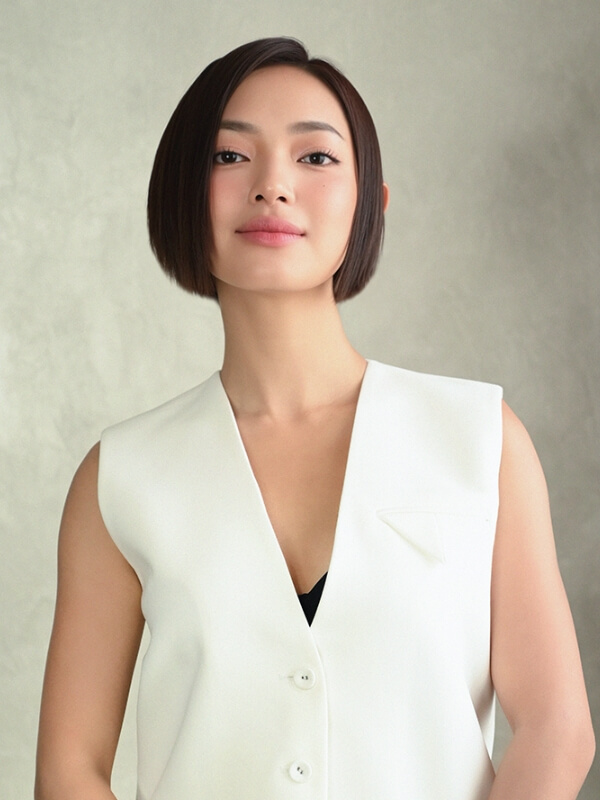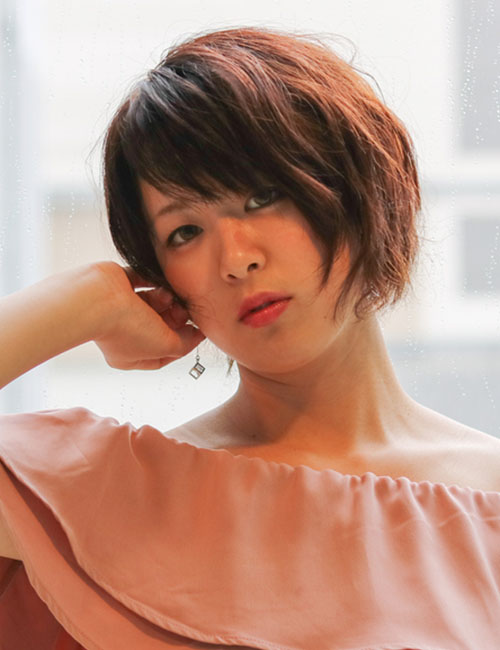
The image of Japanese women often conjures visions of sleek, long, dark hair, reminiscent of traditional geisha or figures from classical art. Yet, a casual stroll through the bustling streets of Tokyo, Osaka, or Kyoto quickly reveals a different reality: a significant number of Japanese women sport stylish, often impeccably cut, short hairstyles. From chic bobs and playful pixies to sharp asymmetrical cuts, short hair is a prominent feature in contemporary Japanese fashion. This observation often prompts an intriguing question: why do Japanese women frequently choose to wear their hair short? The answer is not singular but a rich tapestry woven from historical shifts, practical considerations, evolving aesthetic ideals, and the unique fabric of Japanese society.
Historically, long hair held profound significance in Japan. During the Heian period (794-1185), for instance, women of the aristocracy wore their hair extremely long, often reaching the floor, as a symbol of beauty, status, and refinement. This elaborate style, known as taregami, required immense care and was a hallmark of femininity. However, the Meiji Restoration in 1868 marked a pivotal turning point. As Japan rapidly modernized and opened its doors to Western influence, many aspects of traditional life began to transform. Westernization brought new ideas about beauty, practicality, and societal roles. Shorter hairstyles, influenced by Western trends and the need for more manageable hair in a rapidly industrializing society, gradually gained acceptance. Women entering schools and the burgeoning workforce found long, elaborate hair impractical. The post-World War II era further cemented this shift, as economic recovery and changing social dynamics saw more women entering various professions, prioritizing practicality and efficiency in their daily lives. The subsequent decades saw a diversification of styles, but the seed for shorter, more manageable hair had been firmly planted.
One of the most compelling reasons for the prevalence of short hair among Japanese women lies in practical considerations, heavily influenced by Japan’s unique climate and demanding lifestyle. Japan experiences hot, intensely humid summers. Long, heavy hair can be incredibly uncomfortable, leading to excessive sweating and making it difficult to maintain a fresh appearance. Short hair, by contrast, is cooler, lighter, and far more comfortable in such conditions. It dries quickly, reducing the time spent battling humidity-induced frizz or dampness. This ease of maintenance extends beyond just the summer months. For many Japanese women, who often juggle demanding careers, family responsibilities, and long commutes, time efficiency is paramount. Washing, drying, and styling long hair can be a time-consuming ritual. Short hair drastically cuts down on this daily routine, freeing up precious minutes in the morning and evening. This practicality aligns perfectly with a culture that values efficiency and meticulousness.
Furthermore, the Japanese workplace often emphasizes neatness, professionalism, and a tidy appearance. While not explicitly mandated, short hair can be perceived as more professional and less distracting than very long hair, which might require constant re-adjustment or could appear less ‘put together’ in certain professional environments. In crowded urban centers, where public transport is the primary mode of commuting, long hair can also be a literal inconvenience – getting caught in train doors, brushing against fellow passengers, or becoming disheveled in the crush of rush hour. Short hair mitigates these minor but frequent annoyances, contributing to a smoother daily experience.
Beyond practicality, cultural and aesthetic influences play a significant role in the popularity of short hair. Japan’s "kawaii" (cute) culture, while often associated with youthful innocence, also encompasses an aesthetic of cleanliness, freshness, and approachability. Many short hairstyles, particularly bobs, pixies, and layered cuts, align perfectly with this aesthetic, projecting an image that is both stylish and endearing. They can frame the face in a way that highlights features, creating a youthful and vibrant look. This is further reinforced by the pervasive influence of manga and anime, where a vast array of female characters, from tomboys to sophisticated heroines, sport diverse and often distinctive short hairstyles. These fictional representations normalize and popularize short hair, influencing real-world fashion trends and perceptions of beauty.
Japanese fashion is incredibly dynamic and trend-driven, with a strong emphasis on innovative styling and meticulous grooming. Hair salons in Japan are renowned for their high level of skill and artistry, capable of creating intricate and flattering short cuts that are both fashionable and easy to maintain. The availability of such high-quality styling makes short hair an appealing option, as women can trust their stylists to create a look that is perfectly tailored to their features and lifestyle. The concept of "kirei" (clean, beautiful, neat) is also deeply ingrained in Japanese aesthetics. Short hair, when well-maintained, inherently embodies "kirei" – it looks polished, tidy, and effortlessly elegant without being overly elaborate. This understated sophistication appeals to many women who prefer a refined yet modern appearance.
Moreover, the choice of short hair can also be seen as an expression of individuality and empowerment. While traditional beauty standards once favored long hair, modern Japanese women have the freedom to choose styles that reflect their personal identity and lifestyle. For some, cutting their hair short can be a deliberate move away from conventional expectations, symbolizing independence, confidence, and a contemporary outlook. It can convey a sense of strength and assertiveness, challenging traditional notions of femininity while still embracing beauty. The versatility of short hair also means it can be styled to convey different messages – from edgy and avant-garde to soft and feminine, allowing for a wide range of personal expression.
Finally, social and lifestyle factors contribute to this trend. The demanding nature of work-life balance in Japan, where long working hours are common, means that many women simply have less time for elaborate self-care routines. Short hair is a pragmatic solution that allows them to maintain a polished appearance with minimal effort. While individual choice is paramount, there can also be subtle societal cues or expectations, particularly in professional or formal settings, where a neat and well-groomed appearance is highly valued. Short hair often fits this bill perfectly, conveying a sense of responsibility and attention to detail.
In conclusion, the prevalence of short hair among Japanese women is a fascinating reflection of a society that skillfully blends tradition with modernity, practicality with aesthetics. It is not a uniform rule but a widely adopted trend driven by a confluence of factors: the historical shift from traditional long hair to more practical styles post-Meiji Restoration, the undeniable comfort and time-saving benefits in a humid climate and busy lifestyle, the influence of "kawaii" culture and popular media, and the high standards of Japanese hair artistry. Ultimately, the choice to wear short hair for many Japanese women is a harmonious blend of efficiency, cultural resonance, and personal expression, allowing them to navigate their dynamic lives with style, confidence, and comfort.
